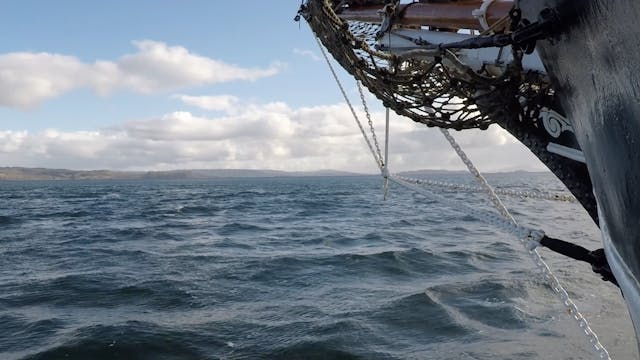A Good Day to Die
Exclusively on History Fix
•
57m
The Battle of Little Bighorn, also known as the Battle of the Greasy Grass by the Lakota and Northern Cheyenne, remains a complex and deeply significant event in American history. In June 1876, members of these nations had gathered along the Little Bighorn River, resisting forced relocation to reservations and defending their land and way of life. They were united by spiritual leader Sitting Bull and bolstered by his visions predicting victory over US forces. War leaders Crazy Horse and Gall were prepared to defend their way of life by any means.
Meanwhile, Lieutenant Colonel George Armstrong Custer led the US 7th Cavalry, tasked with locating and compelling these groups to comply with relocation orders. However, he underestimated the size and resolve of the combined Lakota and Northern Cheyenne forces. He divided his command, leading one part himself in a presumed swift attack on the village and directing Major Reno and Captain Benteen to lead supporting forces.
Instead, Custer's forces faced overwhelming resistance and were ultimately destroyed. The annihilation of Custer's 7th Cavalry regiment was a humiliating defeat of the US Army, and sparked public outrage and a desire for revenge, leading to overwhelming military campaigns to subdue the Plains tribes that would forever end their nomadic way of life.
A Good Day to Die was produced by the Old Army Press in association with the Custer Battlefield Historical and Museum Association. A winner of two Classic Telly awards, the video is approximately 60 minutes long. Written by Dr. John S. Gray and Robert M. Utley, this video sets the stage for this conflict between the Plains Tribes and the US Military and provides a reenactment of the last few hours of the battle.
Up Next in Exclusively on History Fix
-
Forts of Wyoming
Explore the Forts of Wyoming from the late 19th Century
-
The Story Behind: Twas the Night Befo...
Join Civil War Digital Digest as will explores the history of Santa in the US, as brought here by many different traditions. Learn how Clement Moore's poem fits into the story. Then, sit back and enjoy a dramatic reading of that story accompanied by many wonderful Civil War era drawings of Santa ...
-
On the Way to Fort Welch
Join the German language film to experience the struggles of Captain Badger and his crew as they navigate the rivers to Montreal in 1785. The story is told through the eyes of Ueli Manser, a rich businessman who accompanies the journey and keeps a careful journal.
Filmed in Germany, enjoy this ...


